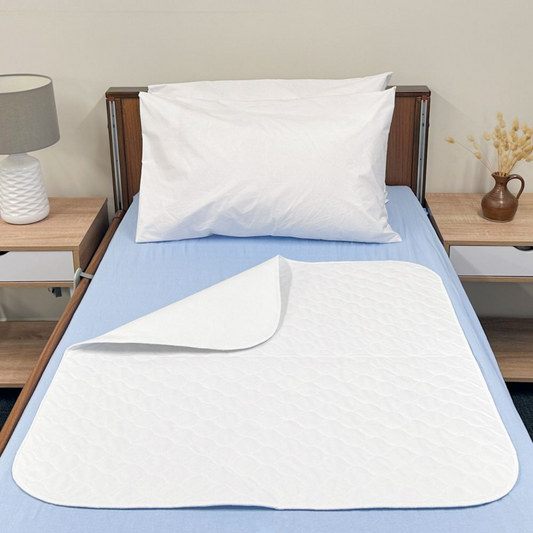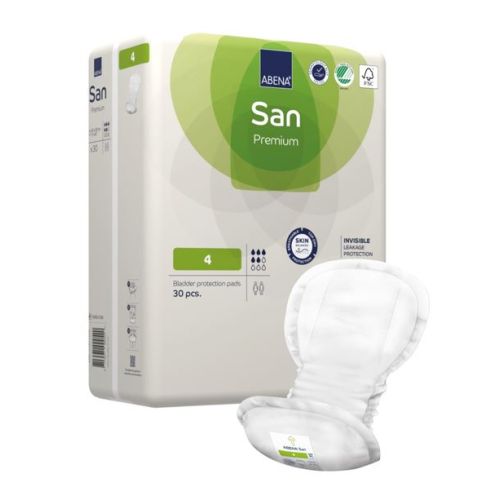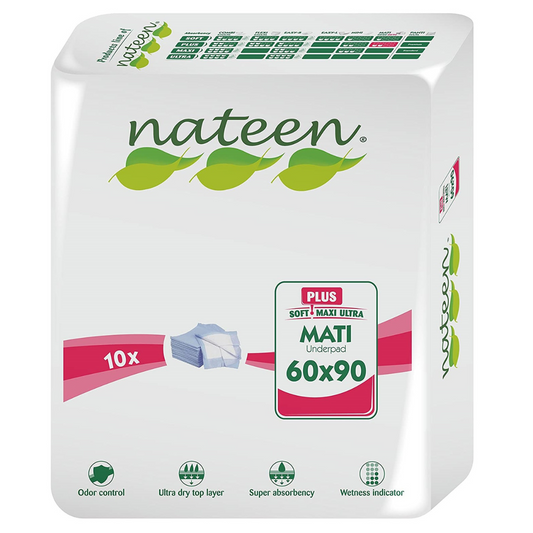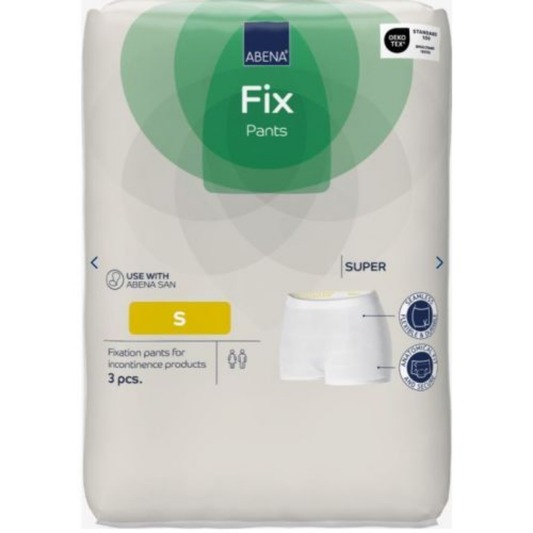Collapsible content
Why are there so many different products?
We offer a wide range of incontinence products because we want to meet each and every specific need of our customers. Different types, sizes and levels of incontinence require different absorbance capacity.
How do I choose the correct size?
The size of the products is normally measured by the hip or waist size of the user, depending on the product. Please refer to the “specs” tab on the product page for individual product sizing information.
If you are unsure about your size, please use a measuring tape to check the size of your hips or waist. If you are still not sure or have any questions about your needs, please contact us and we will gladly help
What is meant by a one-piece system?
The one-piece system is incontinence briefs and absorbent pants that can be worn without underwear or fixation pants. The Briefs All-in-One and Pull-ups, are examples of unitary one-piece systems.
After a couple of hours, the product is only half used. Can I switch to a lower level absorbency?
If the product is only used 50% after 6-8 hours you can consider using a product with a lower absorption capacity. To find out which absorption level is the most suitable, it can be helpful to register the fluid intake for three days to see how much liquid your body is processing.
What do I do if the wetness indicator says that the product is not fully used up, but my bed is still wet?
In this case, the product may not have been applied correctly or was pushed around because of body movement. Another reason could be that the fixation underwear that you're wearing is not the right size for you, which causes the incontinence product to move around. To avoid that, you can also use a bed protector.
Will one type of incontinence product suit all my needs?
Not necessarily, you might find that you prefer a smaller, thinner incontinence pad during the day but need a larger, more absorbent incontinence pad at night if you experience leakage during the evening. Also, you may find that you prefer the convenience and ease of changing incontinence pads during a normal day but prefer the added leakage security of incontinence pant type products on long days out or special occasions. We recommend that you try a variety of products to find the one best suited to your own circumstances. We can provide you with free samples. Please contact our team.
Some products have "odour control", how does this work?
The super absorbents in the incontinence pad also have the added benefit of being pH neutral. This means that they work against the acidic nature of urine (which is what causes the ammonia smell) and prevent odour developing for up to 12 hours.
Lots of feminine hygiene products contain "odour control" are they suitable for managing incontinence or bladder weakness issues?
Although these products have odour managing properties they are designed for absorbing menstrual fluids, not urine. Therefore, the speed at which they will absorb is different and they are more likely to break up over time, potentially causing leakage.
If I find that using one incontinence pad is not sufficient, can I just use two of my current incontinence pads together?
The only product that allows double-padding is the Booster pads, that must be worn with another incontinence pad. The Booster pads work as a “just in case” situation. With all of the other incontinence products, the double-padding isn't a good option as it's unlikely you will get a good fit to the body doing this and therefore leakage is more likely (if either layering on top or front to back). Also as most incontinence products have a waterproof backing then if products are layered on top of each other then it's unlikely that any liquid will pass through to the second. If you need a higher capacity product at night, we would advise using a higher capacity product.
How often should I change my incontinence pad?
Many larger incontinence pads have "wetness indicators" that tell you when they need changing, however, incontinence pads should be changed regularly even when not wet in order to maintain skin hygiene. Don't re-use a wet incontinence pad as it is likely to deteriorate more quickly and then cause leakage. Typically, people use 4 to 6 pads per day.
What are the benefits of disposable incontinence pads?
The main benefit of disposable incontinence pads is exactly that, they can be thrown away after usage and therefore are extremely hygienic and convenient. This means that it is easy to carry incontinence products around with you enabling you to change them when needed. Used incontinence pads should always be disposed of hygienically and never flushed down toilets. There is a large range of disposable incontinence products available to sort a variety of needs.
How will my order be delivered?
Every order is discreetly shipped in plain packaging.








